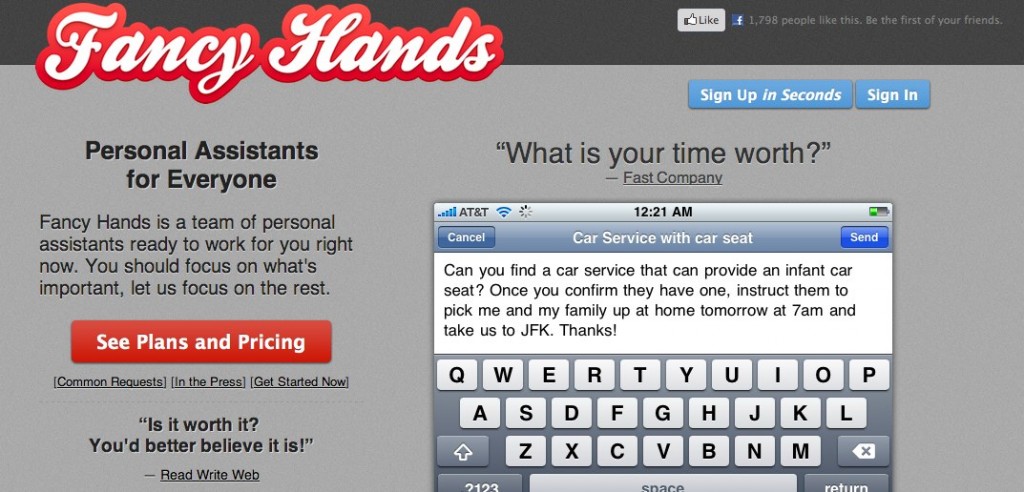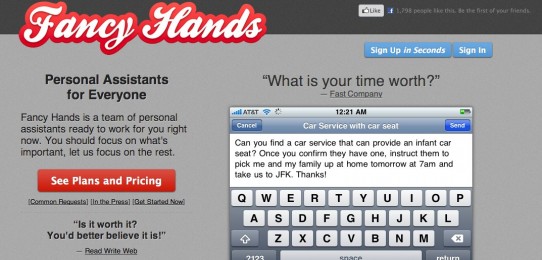Though many people believe that the web is an ever-growing distraction, many startups have popped up that are seeking to do the direct opposite. In fact, I’ve found that there’s a large crop of great websites that exist to focus your time, bringing peace and harmony to the maelstrom of tweets and Facebook updates that are your digital life. By investing a little time into them, these web apps could easily win you back hours of your time – they have for me.
Get Organized
WorkFlowy (free) is a devilishly simple task organizer built on the principle of the bullet-point. Type in something, then create subcategories for each element. For example, you could create a ‘Personal’ point, then create sub-points for each part of the house – say, ‘dog,’ ‘food,’ ‘housekeeping’ and so on. Then you can separate that entirely from a ‘Professional’ category – breaking down into different categories and clients. You can hashtag different yet thematic points and search through your entire WorkFlowy account. Furthermore, you can minimize everything and focus on one specific point – and break that one down too.
Todoist (free, $49 for premium) is also a similar yet slightly more powerful task manager – with the ability to create reminders and color-code your life’s travails.
Get Help
FancyHands and Zirtual are two options for buying the time of reliable personal assistants, with prices ranging from a few tasks a day to a dedicated assistant that you can phone and text to get things done. While many people will say ‘what do I need an assistant for?’ having one around can help delegate tasks that you otherwise would spend hours of your day on. For example, I have used FancyHands to get a very deep understanding of what particular writers have covered over the extent of their working lives – making me better at pitching and a more pleasant PR person to work with.
Quora is a question-and-answer community – like an adult version of Yahoo! Answers, and a very reliable way of having knowledgable and relevant people answer queries related to very specialist subjects. Furthermore, questions often pop up on Google Alerts – meaning that if you’re really curious about a particular company, someone will invariably join in and help you out.
Get Connected
GetHuman is at its most basic a directory of the quickest ways to get through to a human at big companies. It has now matured into a service that will actually wait on hold for you and call you when the other party is on the line. For anyone who has had to cancel or change their phone service, this is heavenly.





































